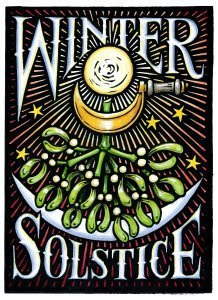 This one hangs in our meditation hall. I think Cynthia Burgess took the picture.
This one hangs in our meditation hall. I think Cynthia Burgess took the picture.Here are some thoughts that can direct you in your reflection on the mandala:
The word "mandala" is from the classical Indian language of Sanskrit. Loosely translated to mean "circle," a mandala is far more than a simple shape. It represents wholeness, and can be seen as a model for the organizational structure of life itself--a cosmic diagram that reminds us of our relation to the infinite, the world that extends both beyond and within our bodies and minds.I found the above quotations on this page.
Describing both material and non-material realities, the mandala appears in all aspects of life: the celestial circles we call earth, sun, and moon, as well as conceptual circles of friends, family, and community.
...
Carl Jung said that a mandala symbolizes "a safe refuge of inner reconciliation and wholeness." It is "a synthesis of distinctive elements in a unified scheme representing the basic nature of existence." Jung used the mandala for his own personal growth and wrote about his experiences.
Mandalas are found in most if not all belief systems. In Christianity, common mandalas are rose windows (typically found at the liturgical west end of cathedrals and other churches) and labyrinths (often found on the floors of the medieval cathedrals).




 Photo by Cynthia Burgess
Photo by Cynthia Burgess
 Image from Wikimedia Commons
Image from Wikimedia Commons

 Photo by Cynthia Burgess
Photo by Cynthia Burgess
 Image from Wikimedia Commons
Image from Wikimedia Commons
 Image from Wikimedia Commons
Image from Wikimedia Commons Photo by Cynthia Burgess
Photo by Cynthia Burgess 






